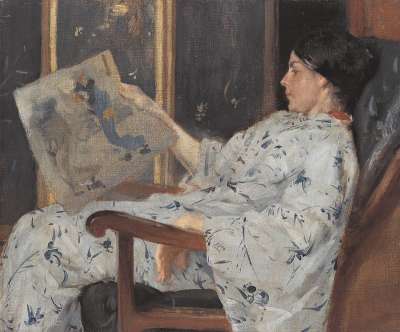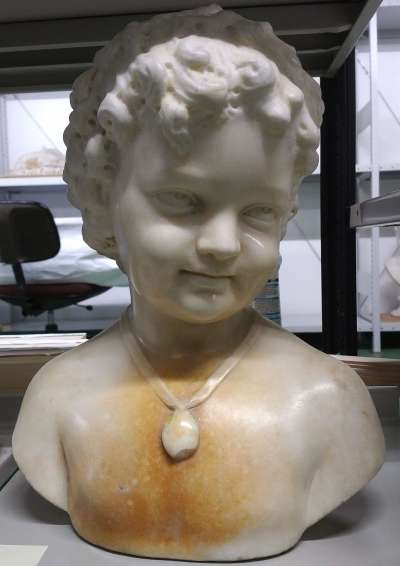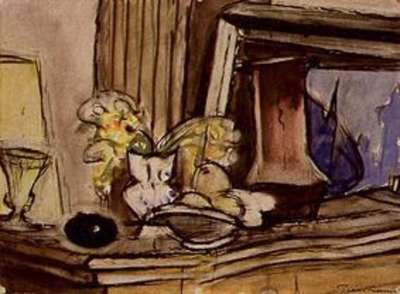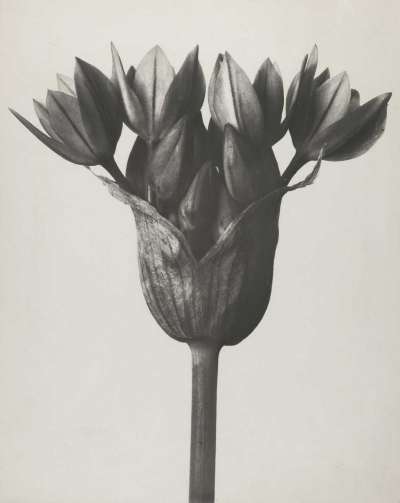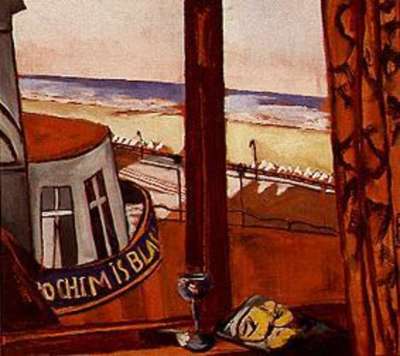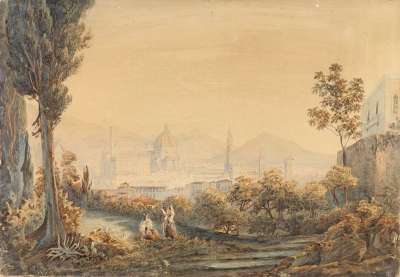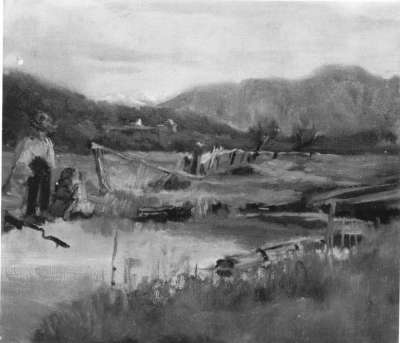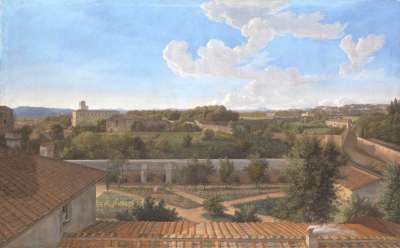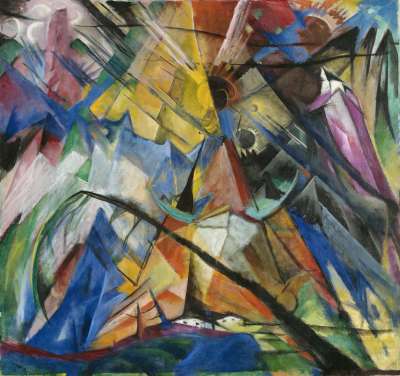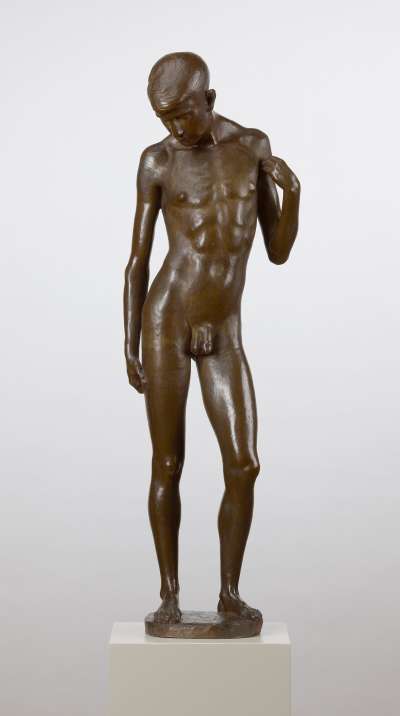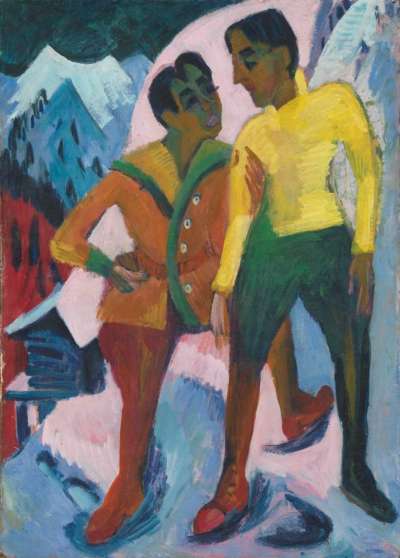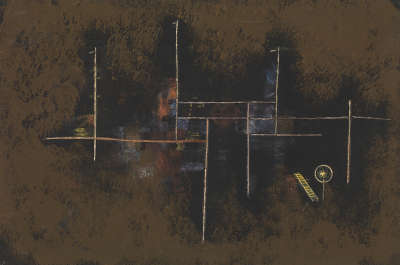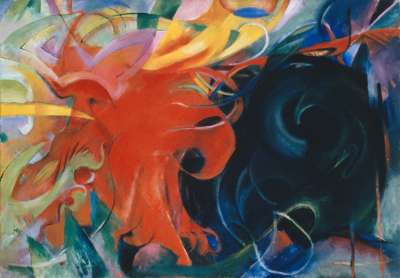 Digital Illustration not available at the moment.
Digital Illustration not available at the moment.
Geraldine Frisch
(*1968)
Die Heimat versprechen,
2016
Material / Technology / Carrier
Chromogener Abzug
Dimensions of the object
79,5 x 110 cm
Displayed
Not on display
Acquisition
2017 als Programmankauf erworben
Stock
Bayerische Staatsgemäldesammlungen - Sammlung Moderne Kunst
in der Pinakothek der Moderne München
Citation
Geraldine Frisch, Die Heimat versprechen, 2016, Bayerische Staatsgemäldesammlungen - Sammlung Moderne Kunst
in der Pinakothek der Moderne München, URL: https://www.sammlung.pinakothek.de/en/artwork/01G1kYvxkE (Last updated on 15.05.2024)
What exactly happened here? At first glance, Geraldine Frisch's photographs remain silent on this question. In her practice, the artist and architect plays impressively with the dimensions of surface, space and time. And although the titles of her artworks appear to refer to rather specific topics, their meaning continues to blur even when engaging with her photographs over a longer period of time: as a matter of fact, her work titled "Von dem Gegenüber" (From the Opposite), deliberately undermines the common dictate of a horizon depicted from a one-point perspective. It is precisely this lack of a distinct horizon line that shifts the composition into an almost graphic focus. In 2015 and 2016, the artist photographed an abandoned factory shortly before its demolition. The subjects’ proportions in relation to each other further reinforce this two-dimensional impression, giving the photograph an almost diffuse photogram-like appearance.
With her view directed into an uncertain distance, the merging of sky and water in Frisch's picture "Die Heimat versprechen" (Promising the Homeland) appears to lack both perspective and distance. This irritating view into the seemingly infinite, provided by the artist, can also be read as a reflection on her own life experience: Turned upside down, the artist makes use of a tilted angle, not only to reflect on her own biography as a forcibly displaced Banat Swabian, but also on the fate of a German-speaking minority in Southeast Europe that was once promised a new home outside Germany. Instead of presenting her photographs as documentary evidence, the artist uses them to deal with topics that continue to be highly relevant today, such as rootedness or how borders shift as a result of political upheavals.


